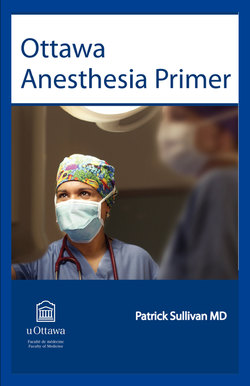Читать книгу Ottawa Anesthesia Primer - Patrick Sullivan - Страница 51
На сайте Литреса книга снята с продажи.
Intravenous Access:
ОглавлениеNeedlestick injuries to health care workers (HCWs) and the risk of transmission of infections to HCWs remains a serious problem in the operative setting.3,4 The use of safety needles has been shown to decrease the incidence of needlestick injuries. Many hospitals now use intravenous catheters that have incorporated safety features to minimize the risk of a needlestick injury. The BD InsyteTM intravenous catheter safety system uses a spring-loaded mechanism activated by a safety button to retract the needle into a safety chamber once the intravenous catheter is placed in the vein. To further limit needlestick injuries, it is recommended that all needles be disposed of in a designated ‘sharps’ container, and HCWs should refrain from recapping needles. Newer versions of intravenous insertion cannulas incorporate a membrane in the hub to prevent blood spillage when the needle is retracted (e.g., BD Insyte™ AutoguardTM Blood Control).
